Himalayan tahr were introduced to New Zealand’s Southern Alps in the early 1900s and today they inhabit steep alpine grasslands between the Rakaia River and the Young Range. Mature bulls develop long chestnut‑coloured manes and inhabit rugged bluffs and cliffs, making them a challenging quarry and a prized trophy for hunters. During the rut (late May to mid‑July) bulls gather harems and display thick reddish coats, and hunters are drawn by the spectacular alpine scenery and the chance to stalk these sure‑footed animals. Tahr can be hunted year‑round on public conservation land and private leases, but most hunts take place in autumn and early winter when their coats are at their best.

Tahr hunts in New Zealand are true mountain adventures. The animals rest high on scree slopes during the day and descend to feed in the late afternoon and evening, so hunters glass wide areas from below and then climb to intercept them. Because mature bulls often separate from females after the rut and stay high up on bluffs, hunters must tackle steep, rocky country and sometimes use ice axes or walking sticks to access animals at 1,800 m or more. Most hunts involve spot‑and‑stalk tactics, long‑range shooting with flat‑trajectory rifles and careful stalking into the wind, and the most successful periods are during the rut or when tahr descend to lower elevations in spring.
Himalayan tahr are managed as an introduced game animal and ecological pest. A 1993 management plan limits the national population to about 10 000 animals and sets density targets (less than about 2 tahr per km²); recreational and commercial hunting are encouraged to keep numbers within these limits, with official culling used when hunting does not meet harvest targets. Despite these efforts the population exceeded 34 000 animals by 2018, leading to additional control programmes and debate between hunters and conservationists over how to balance ecological protection and hunting opportunities. Hunters require free permits to hunt on public conservation land and must comply with any seasonal access restrictions (such as temporary closures during aerial control operations).
Tahr have no natural predators in New Zealand, so well‑regulated hunting is vital for maintaining alpine ecosystem health. Bulls grow impressive shoulder manes during winter and their thick coats make superb trophies. When hunting tahr, it is essential to carry suitable alpine gear and be prepared for rapidly changing weather; shots often need to be well‑placed and followed up because bulls are tough animals. Many hunters combine tahr hunts with chamois or fallow deer in the Southern Alps, making for a diverse mountain hunt.
Himalayan Tahr can be found in the following location:
Himalayan Tahr has the following variations:
- (Varieties to be confirmed)
Start Your Adventure



